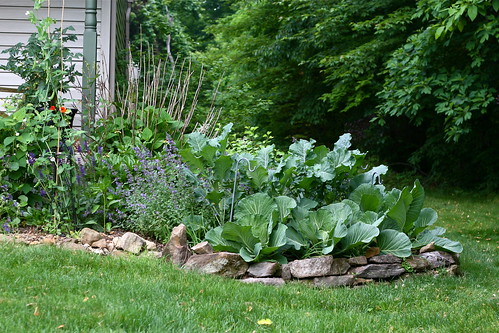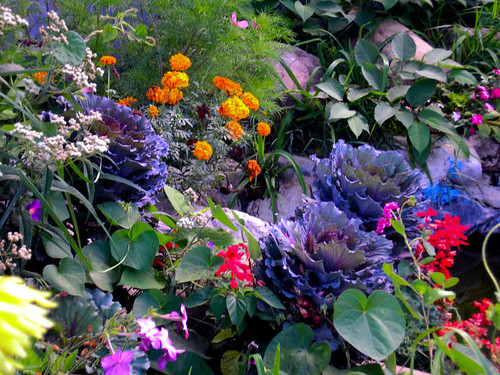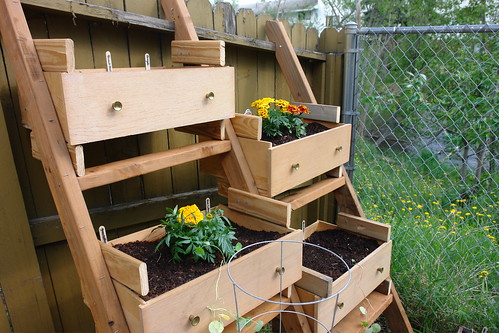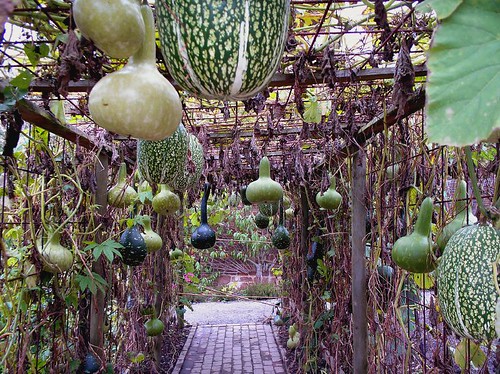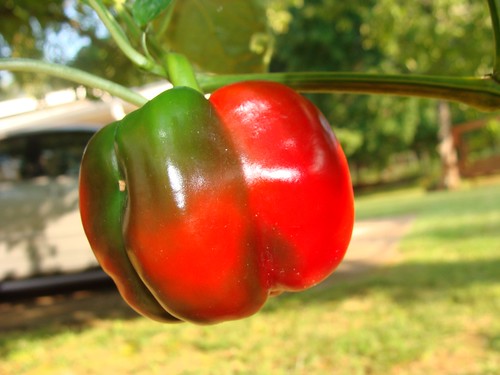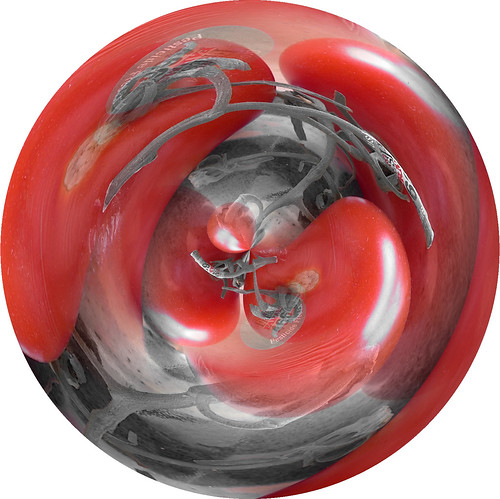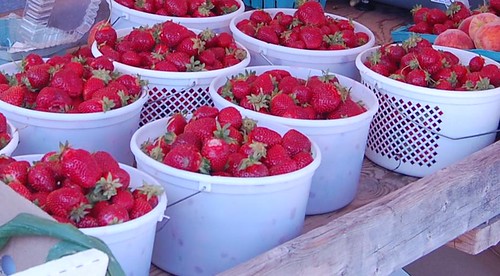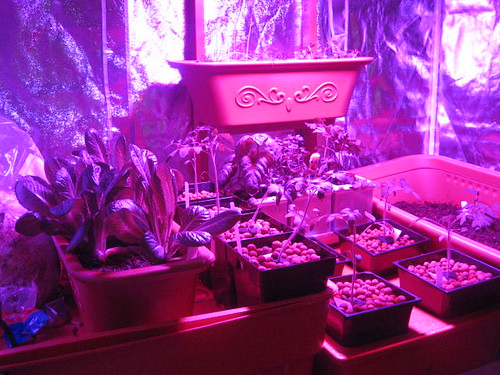“don’t jump, onion!” by loco’s photos
TheGardenLady received this question from Cat (you can read her blog here).
Recently my onions (the ones I bought to eat) decided to demand “freedom†and grow! So much I had to plant them as I was not able to eat them anymore. Some of them didn’t survive too long but one even has a beautiful flower! But I don’t know if they require any extra care? I live on a six floor so right now they are on a pot (a big one) in the balcony. That should do, right?
When you buy onions- Allium cepa is the common onion, squeeze to see if the bulbs are hard. If any onion is soft when you squeeze it, don’t buy it because it will not last long. It will rot or send up leaves as yours did. I often think that when onions are on sale, that is because they are old onions and they are often soft.


